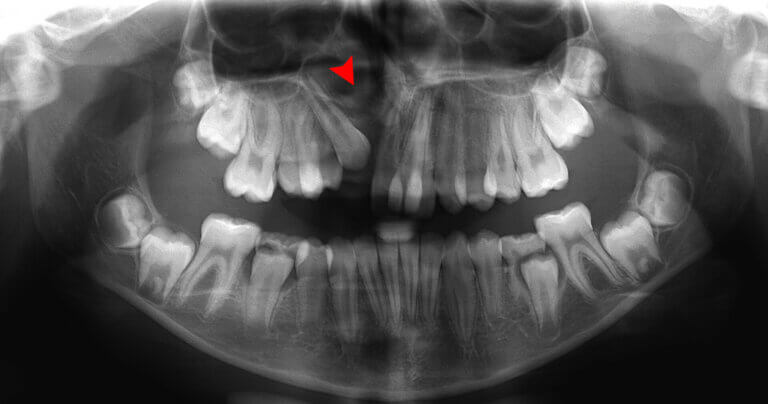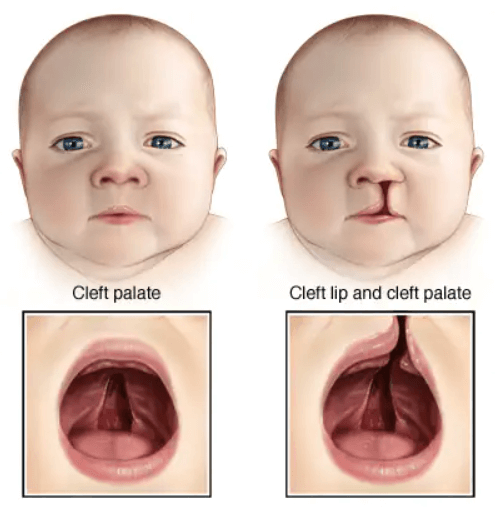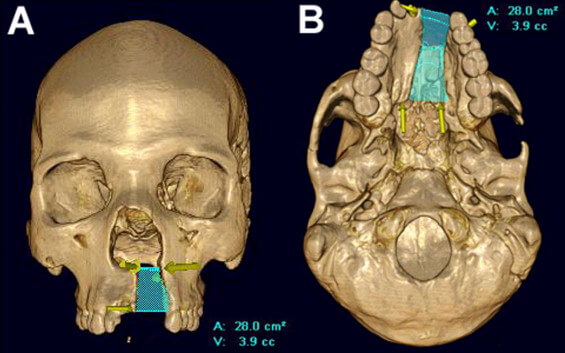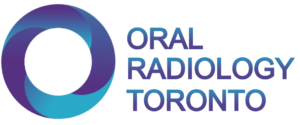CBCT Scan For Cleft Lip And Palate

Cleft lip and palate are among the most common congenital anomalies affecting facial structures, presenting challenges in both aesthetics and function for individuals worldwide. In the pursuit of effective diagnosis, treatment planning, and monitoring of these conditions, Cone Beam Computed Tomography (CBCT) has emerged as a transformative tool. Offering detailed three-dimensional imaging with minimal radiation exposure, CBCT scans have revolutionized the assessment and management of cleft lip and palate cases.
Before you deciding on whether a CBCT Scan for Cleft Lip And Palate is right for you, there are some things you should know:
Table of Contents
If you have any further questions about CBCT Scans at Oral Radiology Toronto, please contact us.
What Are CBCT Scans?
Cone Beam Computed Tomography (CBCT) is a revolutionary x-ray imaging technology, providing three-dimensional views of the patient’s dental anatomy, including teeth, bones, nerves, and surrounding tissues. Unlike traditional two-dimensional X-rays, CBCT captures high-resolution, cross-sectional images by utilizing a cone-shaped beam of ionizing radiation.
CBCT scans provide clinicians with a comprehensive visualization of the craniofacial region, allowing for detailed assessment of bone morphology, tooth orientation, soft tissue relationships, and pathological conditions. Moreover, CBCT imaging offers the advantage of lower radiation exposure compared to conventional CT scans, making it a safer and more preferred option for both diagnostic and treatment planning purposes in cleft lip and palate cases.

What Is Cleft Lip And Palate?
Cleft lip and palate are congenital conditions characterized by incomplete fusion of the lip and/or palate during fetal development. These orofacial clefts occur when the tissues that form the lip and palate do not fully join together, resulting in a visible separation or opening. Cleft lip typically involves a cleft or gap in the upper lip, which can range from a small notch to a complete division that extends into the nose. On the other hand, cleft palate occurs when the roof of the mouth (palate) fails to close properly, leading to an opening that may affect the soft palate, hard palate, or both. Individuals with cleft lip and palate may experience difficulties with feeding, speech development, dental alignment, hearing, and facial aesthetics. The severity and extent of the cleft can vary widely among affected individuals, ranging from a minor cleft to a complete bilateral cleft involving both the lip and palate. Cleft lip and palate are among the most common birth defects worldwide, with prevalence varying among different populations and ethnic groups. Treatment typically involves a multidisciplinary approach, including surgical repair, orthodontic intervention, speech therapy, and psychosocial support, aimed at optimizing function and aesthetics while addressing the unique needs of each patient.
Why Do I Need A CBCT Scan For Cleft Lip And Palate?
CBCT scans play a pivotal role in the comprehensive management of cleft lip and palate cases due to their ability to provide detailed and accurate three-dimensional imaging of the craniofacial region. Unlike traditional two-dimensional imaging techniques such as X-rays or panoramic radiographs, CBCT scans offer clinicians a comprehensive view of the complex anatomical structures involved in cleft lip and palate conditions. This level of detail is crucial for precise diagnosis, treatment planning, and monitoring of patients with orofacial clefts.
- Detailed Visualization: CBCT scans provide clinicians with comprehensive three-dimensional images of the craniofacial region, allowing for precise assessment of the extent and severity of the cleft defect in relation to surrounding structures.
- Surgical Planning: The detailed information obtained from CBCT imaging helps surgeons plan optimal approaches for repairing the cleft, ensuring better functional and aesthetic outcomes for patients undergoing corrective surgery.
- Dental and Skeletal Evaluation: CBCT scans enable thorough assessment of dental and skeletal development, aiding in orthodontic treatment planning and guiding interventions to optimize dental occlusion and facial symmetry.
- Identification of Associated Anomalies: CBCT imaging facilitates the detection of additional craniofacial anomalies and complications that may coexist with cleft lip and palate, allowing for tailored treatment plans to address individual patient needs comprehensively.
- Minimal Radiation Exposure: Compared to conventional CT scans, CBCT scans offer the advantage of reduced radiation exposure, making them safer for pediatric patients and individuals requiring repeated imaging throughout their treatment journey.
The use of CBCT scans in the management of cleft lip and palate is essential for precise diagnosis, treatment planning, and monitoring of patients with these complex conditions. The detailed three-dimensional imaging provided by CBCT scans enables clinicians to assess the extent of the cleft defect, evaluate dental and skeletal development, identify associated anomalies, and tailor treatment plans to meet the unique needs of each patient while minimizing radiation exposure.

How Much Does A CBCT Scan Cost For Cleft Lip And Palate?
At Oral Radiology Toronto, we provide quick and convenient dental CBCT scans for busy dentists and patients in the Toronto area. Our CBCT scans are useful for assessing the teeth, their supporting structures, the mandible and maxilla up to the floor of the nose.
Our competitively priced dental CBCT scans are professionally reviewed and interpreted by a Canadian licensed Oral Radiologist.
Prices are based on the size of CBCT volume:
- Small Field CBCT (most dental cases; 5x5cm): $234
- Medium Field CBCT : $315.90
- Large Field CBCT (8x8cm): $399
- Panoramic X-Ray: $84
Normal CBCT report turnaround time is up to 10 business days. Expedited reporting (2 business days) is an extra $50.
Please note that we do NOT offer field of views larger than 8x8cm or imaging of structures outside the maxilla and mandible, such as the temporomandibular joints, paranasal sinuses, the cervical spine, the neck and the airway spaces (i.e. craniofacial CT scan).

How Do I Get A CBCT Scan For Cleft Lip And Palate?
- For Referring Dentists: Refer a dental patient for a CBCT Scan using our Online Referral Form.
- For Dental Patients: Schedule a CBCT scan visit at Oral Radiology Toronto using our Online Appointment Booking System.
